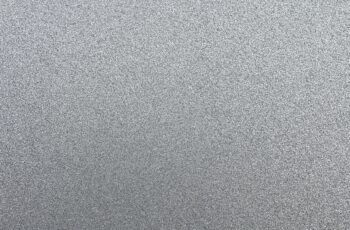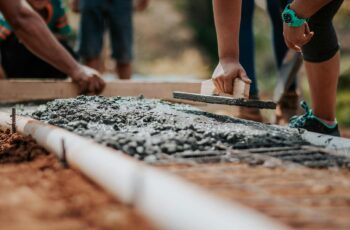Planning a new construction project? Whether it’s for a shed, a patio, or even a small home addition, a solid foundation is crucial. That’s where a concrete pad comes in. This versatile and durable solution offers a level, stable surface ideal for a wide range of applications. Let’s explore everything you need to know about concrete pads.
What is a Concrete Pad?
A concrete pad is simply a flat slab of poured concrete. Its size and thickness vary depending on the intended use, ranging from small, thin pads for lightweight structures to larger, thicker pads designed to support heavier loads. 
Types of Concrete Pads
There are several types of concrete pads, each suited for different purposes. You might consider a standard poured-in-place pad, a precast concrete slab (often quicker to install), or even a reinforced concrete pad for extra strength, especially if you plan to build something heavy on top. Learn more about choosing the right type of concrete pad for your project.
Preparing the Ground
Proper preparation is key to a long-lasting concrete pad. This involves excavating the area, compacting the soil to prevent settling, and adding a gravel base for drainage and stability. Check out this guide on soil compaction for best practices. [IMAGE_2_HERE]
Pouring the Concrete
Once the ground is prepared, the concrete is poured and leveled. Using a screed to ensure a smooth, even surface is vital. After pouring, it’s crucial to allow ample time for the concrete to cure properly. Discover the secrets to a perfectly smooth concrete finish.
Finishing and Curing
After pouring, the concrete pad requires finishing to achieve the desired surface texture and levelness. This may involve floating, troweling, or brooming the concrete. Proper curing, typically involving keeping the concrete moist for several days, is essential for strength and durability. [IMAGE_3_HERE]
Cost Considerations
The cost of a concrete pad depends on various factors such as size, thickness, labor costs, and material prices. Getting multiple quotes from reputable contractors is always a good idea. Here’s a helpful resource to estimate concrete costs in your area.
Common Uses for Concrete Pads
Concrete pads are incredibly versatile! They’re used as foundations for sheds, garages, patios, decks, small buildings, and even as stable ground for outdoor equipment. See examples of creative concrete pad applications.
Maintaining Your Concrete Pad
While concrete is durable, regular maintenance can extend its lifespan. This may involve cleaning to remove debris, sealing to protect against staining and weathering, and repairing any cracks promptly. Learn how to seal your concrete pad properly to extend its lifespan.
In conclusion, a concrete pad is a solid investment for any project requiring a stable and level surface. With proper planning and execution, it can provide a reliable foundation for years to come. Remember to prioritize proper preparation, pouring, and curing for optimal results.
Frequently Asked Questions
What is the average thickness of a concrete pad? The thickness depends on its intended use, ranging from 4 inches for lighter loads to 8 inches or more for heavier structures.
How long does a concrete pad take to cure? Curing time varies based on weather conditions, but typically takes 7-28 days before reaching full strength.
Do I need a permit to pour a concrete pad? Permit requirements vary by location. Check with your local building department.
Can I pour the concrete pad myself? While possible for smaller projects, for larger or more complex pads, hiring a professional concrete contractor is recommended.
What kind of sealer should I use on a concrete pad? Acrylic sealers are generally a good choice for concrete pads exposed to the elements.

